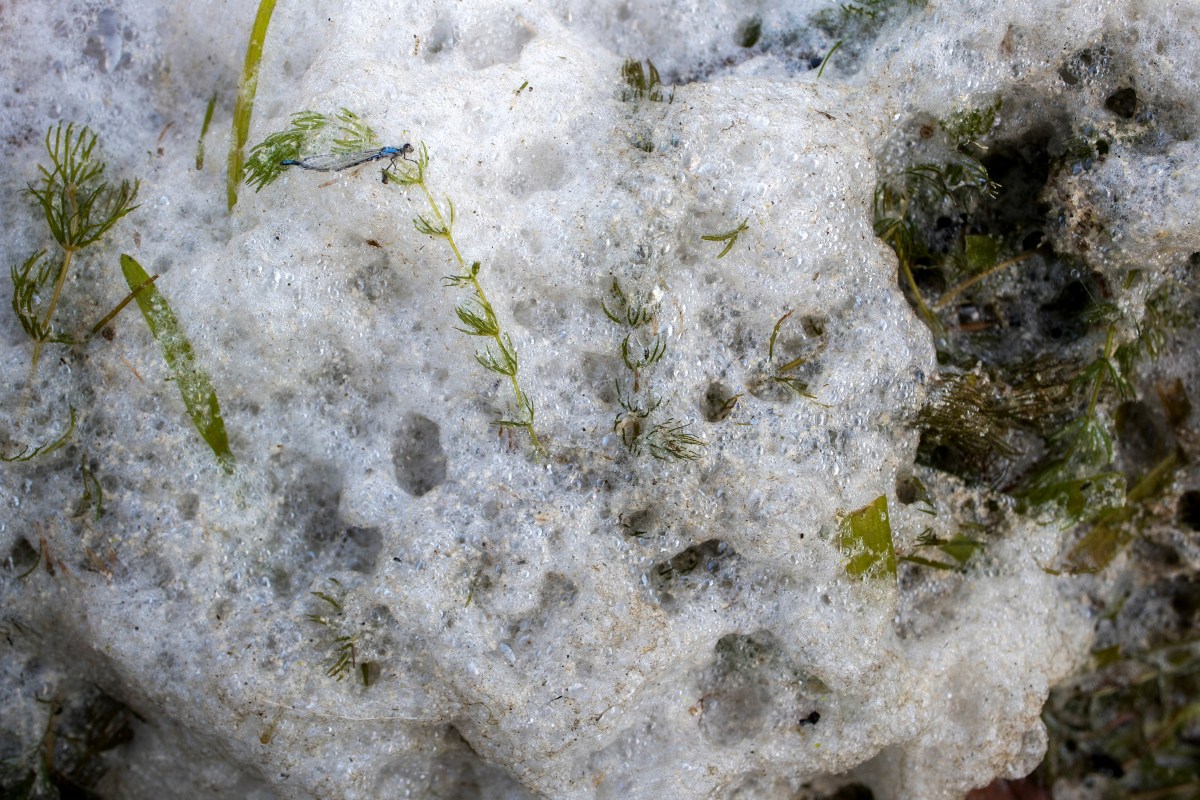
PFAS, short for per- and polyfluoroalkyl substances, are a group of widespread man-made chemicals that don’t break down in the environment or the human body and have been flagged as a major contaminant in sources of water across the country.
Keep up with PFAS-related developments in the Great Lakes area.
Click on the headline to read the full story:
Indiana:
Governor Eric J. Holcomb announced today the next steps in a new program to collect and dispose of hazardous firefighting foam that contains PFAS, a known contaminant.
“Indiana has chosen to be a leader in this PFAS foam program, because, frankly, firefighting is hard enough without having to worry about these hazardous chemicals,” Gov. Holcomb said. “We hope more departments will sign up so we can do all we can to protect Indiana firefighters.”
Illinois:
- Illinois EPA Completes Statewide Sampling for Investigation into the Prevalence of PFAS in Drinking Water—MyRadioLink
Illinois Environmental Protection Agency Director John J. Kim announced the completion of statewide sampling to investigate the prevalence and occurrence of PFAS in finished drinking water at all community water systems in Illinois. Illinois EPA began the investigation in the fall of 2020 and completed sampling for 18 PFAS compounds in early 2022. Data gathered as part of this investigation will aid in the development of future Maximum Contaminant Leveldrinking water quality standards for PFAS.
In an effort to protect communities from PFAS contamination, the Environmental Protection Agency announced on Wednesday that the presence of PFAS contamination in pesticides could be a violation of a federal toxic chemical law, known as the Toxic Substances Control Act. The EPA has signaled the presence of so-called “forever chemicals” in pesticides could stem from the fluorinated containers used for storage and transportation.
As part of an investigation that started last December, EPA said it would notify companies of their obligation to comply with TSCA to ensure PFAS contamination, even if unintentional, does not occur. PFAS chemicals have leached into pesticides sprayed in Massachusetts, including a widely used mosquito repellent.
Michigan
Citing new data showing PFAS contamination in Lake Superior rainbow smelt is more widespread than previously known, state regulators are again warning anglers and diners to limit their meals of the popular sportfish.
People eating smelt from the northernmost Great Lake should eat no more than one serving per month, the Michigan Department of Health and Human Services announced Monday. A serving is eight ounces (about two to three of the sardine-sized fish) for adults and two or four ounces for children.
Minnesota
The Minnesota Pollution Control Agency will initially focus on detecting PFAS chemicals in the air emissions and water. They can be found in everything from cosmetics to cookware, and they’ve been showing up in Minnesota’s air, lakes and drinking water. Scientists say that they can cause serious health problems.
New York
New York ranks 8th among the 50 states that altogether have 120,000 possible sites releasing potentially carcinogenic PFA class chemicals used in everything from cooking pans to firefighter foam, advocates said Tuesday.
Suffolk has 286 sites on an interactive map created by the Public Employees for Environmental Responsibility, said Adrienne Esposito, executive director of Citizens Campaign for the Environment, a Farmingdale nonprofit.
Ohio
- Ohio bill would set standards for PFAS in drinking water—Farm and Dairy
A bill introduced last summer by two state representative seeks to change that. Ohio House Bill 365, sponsored by state reps. Allison Russo, D-Upper Arlington, and Mary Lightbody, D-Westerville, would set a maximum level for per- and polyfluoroalkyl substances, commonly called PFAS, in public drinking water systems. If the legislation were to pass, Ohio would join a handful of other states that have set limits on PFAS in drinking water.
Pennsylvania
- Pennsylvania asks for input on PFAS drinking water rule—The Allegheny Front
PFAS have been associated with poor health effects. Scientists consider them “emerging” chemicals because the risks they pose to human health and the environment are not completely understood.
Pennsylvania has been testing water sources since June 2019, after an executive order from Gov. Tom Wolf set up a PFAS Action Team. The Department of Environmental Protection found PFAS in about one-third of 114 Pennsylvania water systems, but it said none exceeded a federal health advisory level for two of the most common chemicals.
Wisconsin
- Wisconsin PFAS Standards One Step Closer To Reality—The National Law Review
The Wisconsin Department of Natural Resources’ Natural Resources Board recently voted to recommend to state leaders three PFAS-related regulatory steps, which will have significant impacts on companies in Wisconsin. The Wisconsin PFAS standards were hotly debated by the NRB and throughout the public comment period, but the NRB recommendations will now go to the Wisconsin legislature for consideration and approval.
Catch more news at Great Lakes Now:
PFAS News Roundup: Wisconsin board passes weakened state standards, stream trout contaminated
Featured image: Foam is seen at Olbrich Park in Madison, Wis., where PFAS-tainted Starkweather Creek enters Lake Monona. Public Health Madison and Dane County has warned residents not to swallow the foam — or allow their pets to do so. Isaac Wasserman / Wisconsin Watch)




